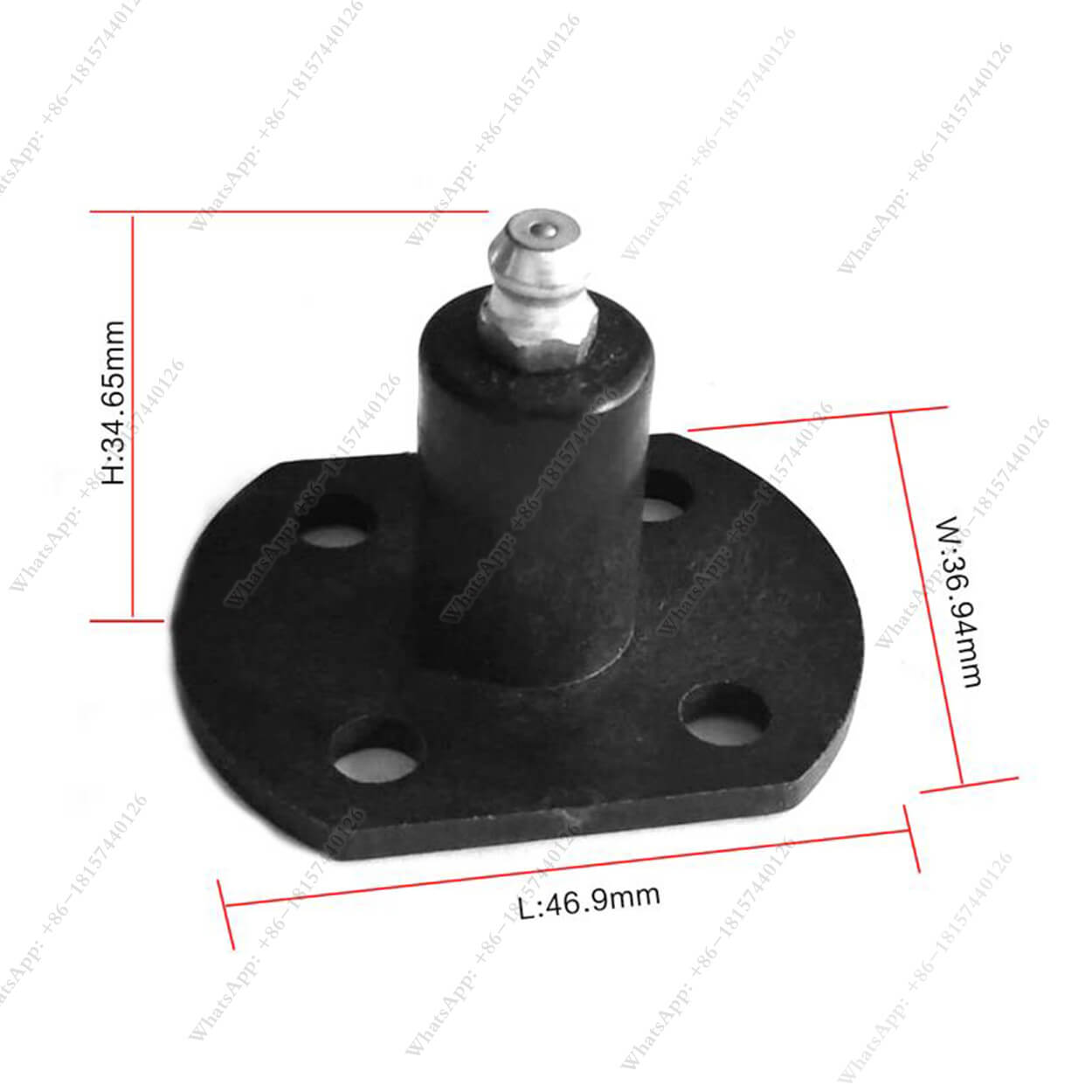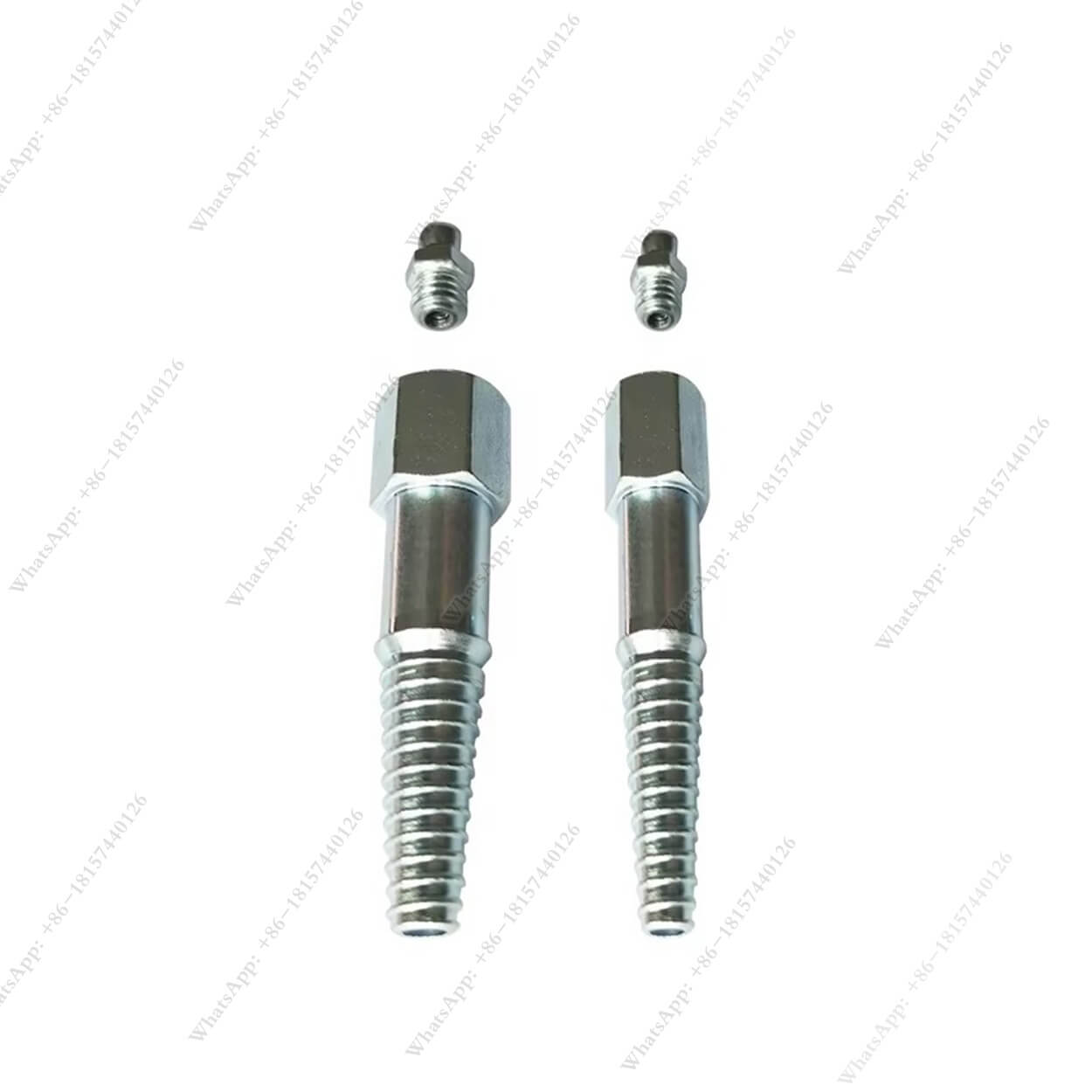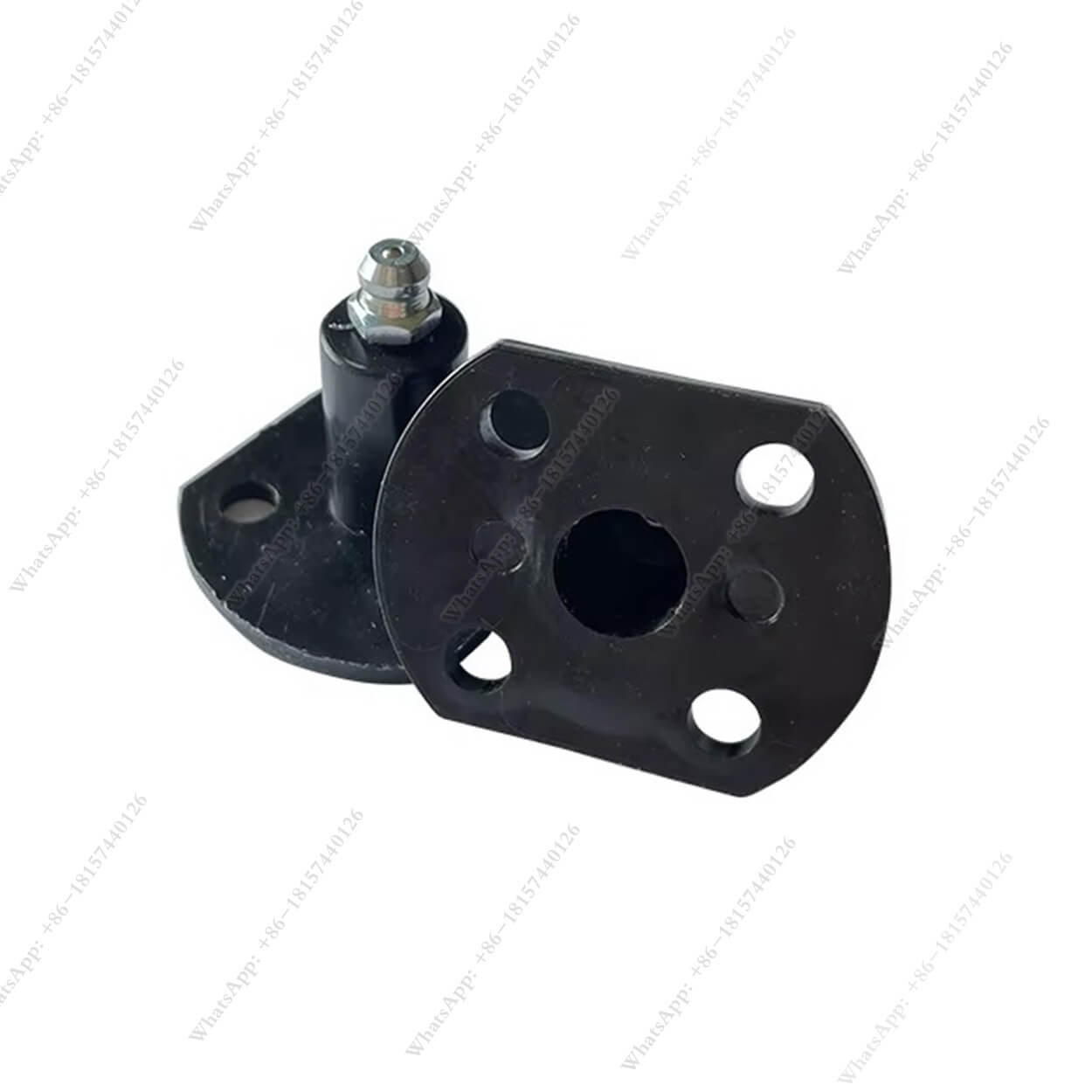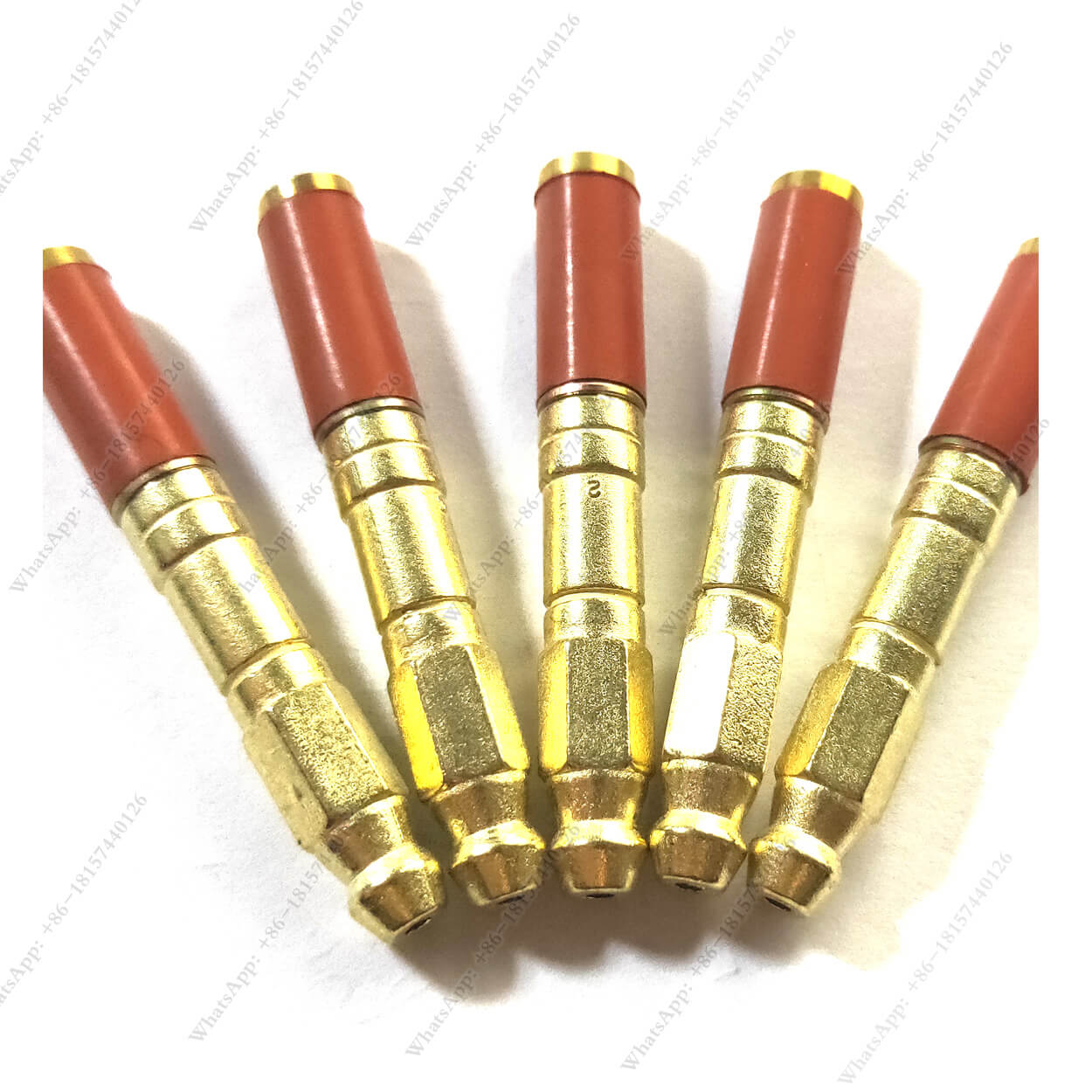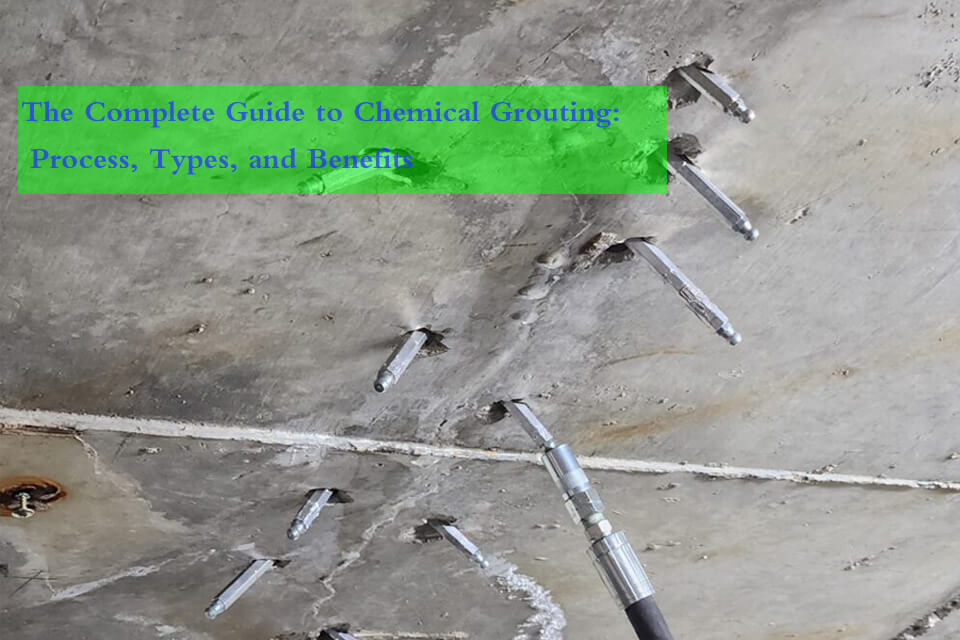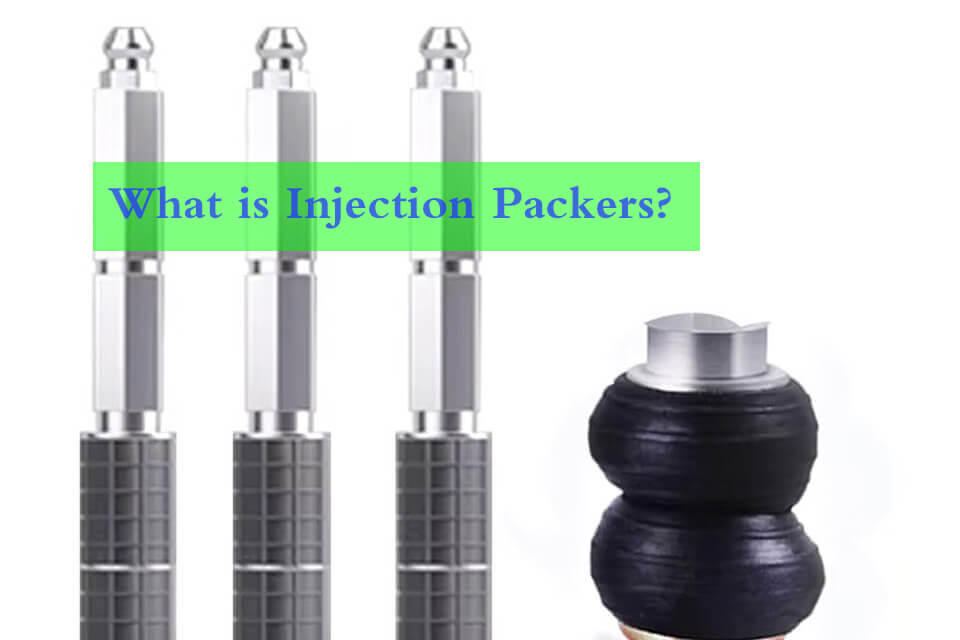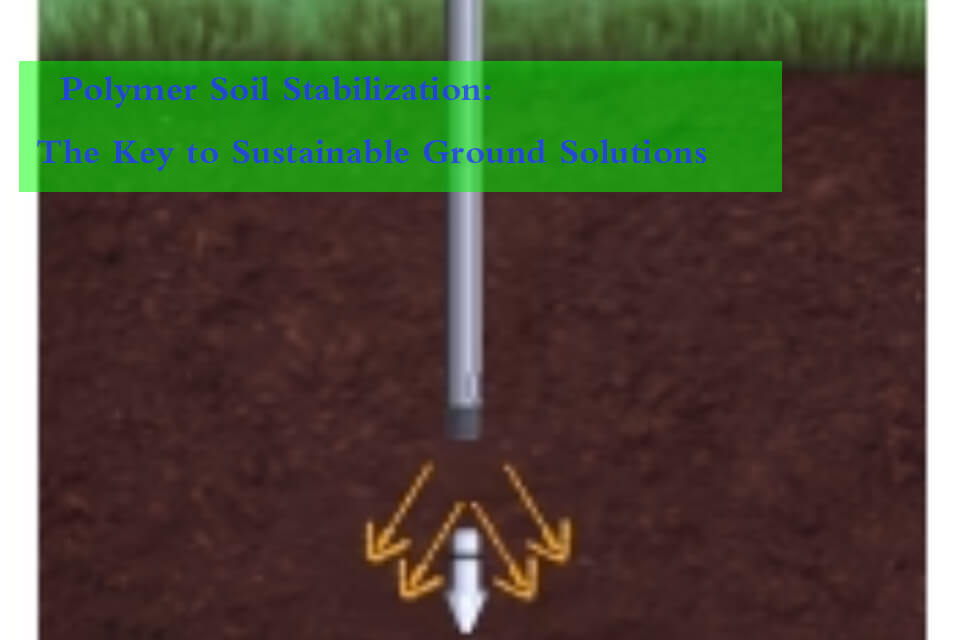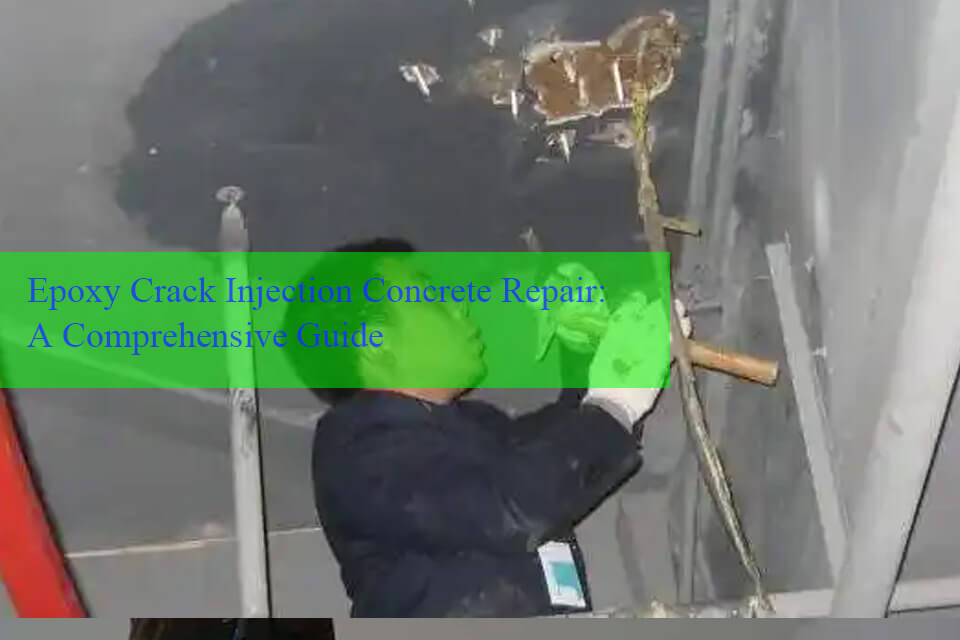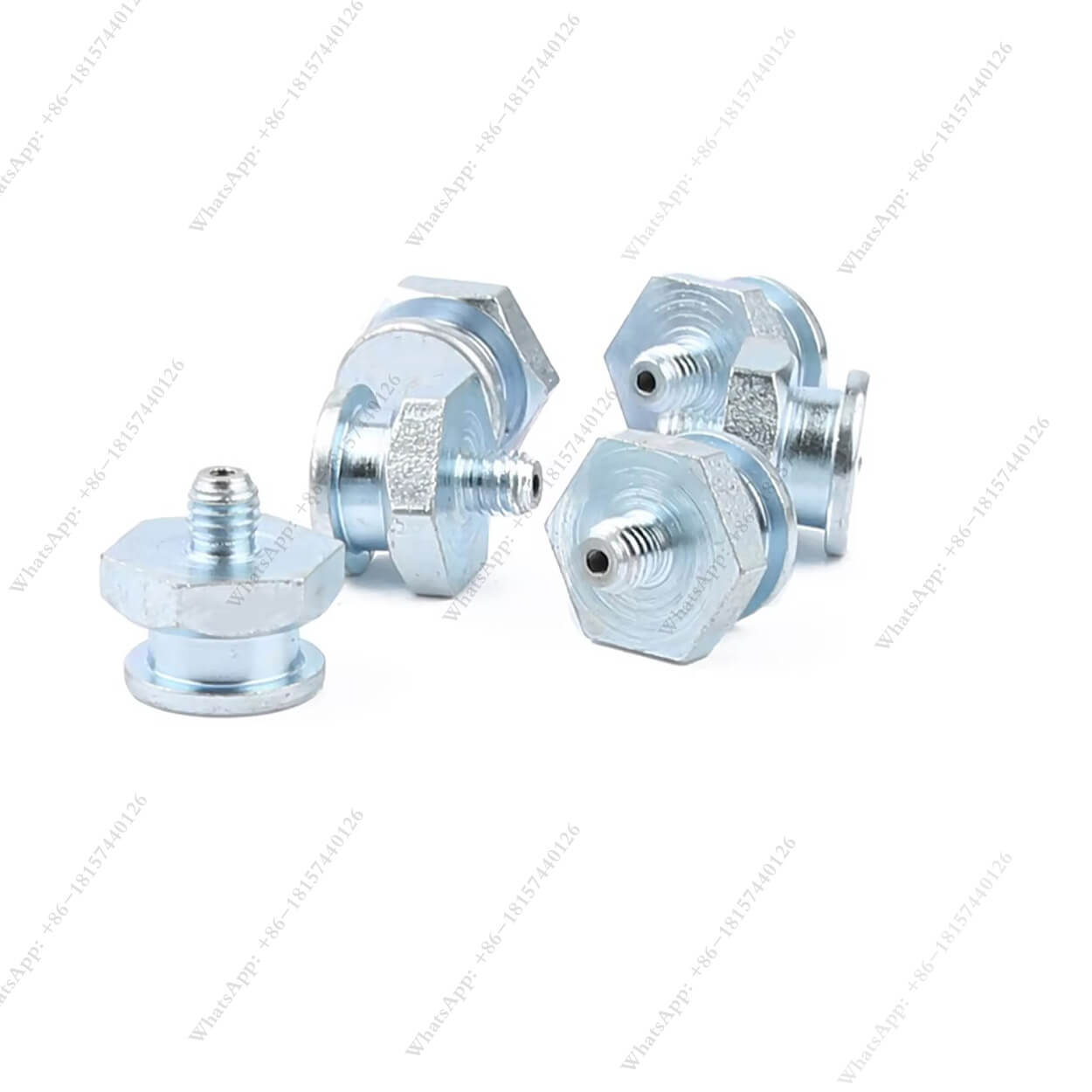

Polyurethane Foam Injection: The Ultimate Guide to Foundation Crack Repair
Are you dealing with pesky foundation cracks that just won’t go away? Look no further! This comprehensive guide will walk you through the innovative solution of polyurethane foam injection for crack repair.
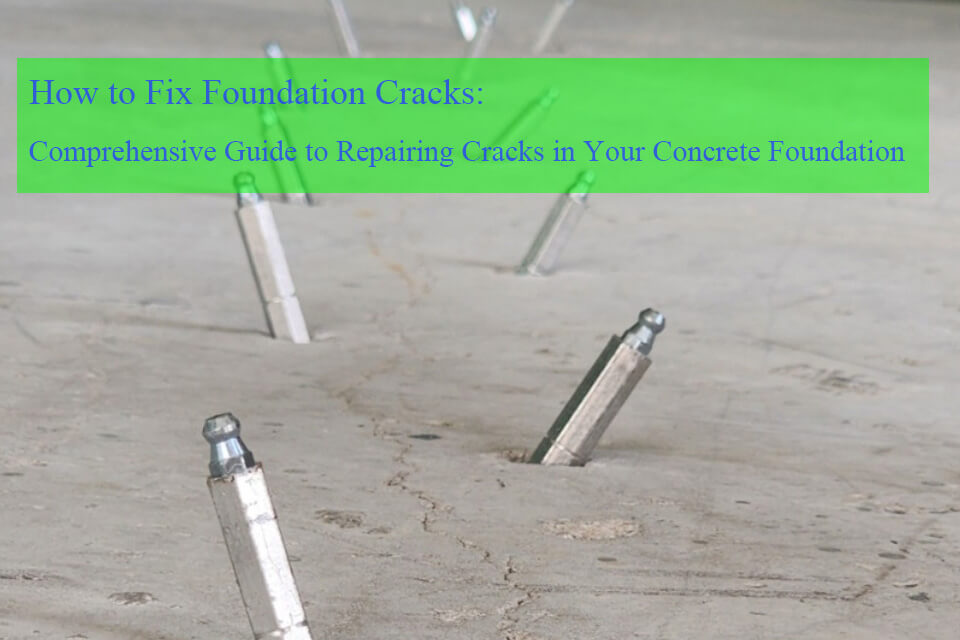
How to Fix Foundation Cracks: Comprehensive Guide to Repairing Cracks in Your Concrete Foundation
Foundation cracks can be an alarming sight, but understanding how to address them can save you time, money, and worry.
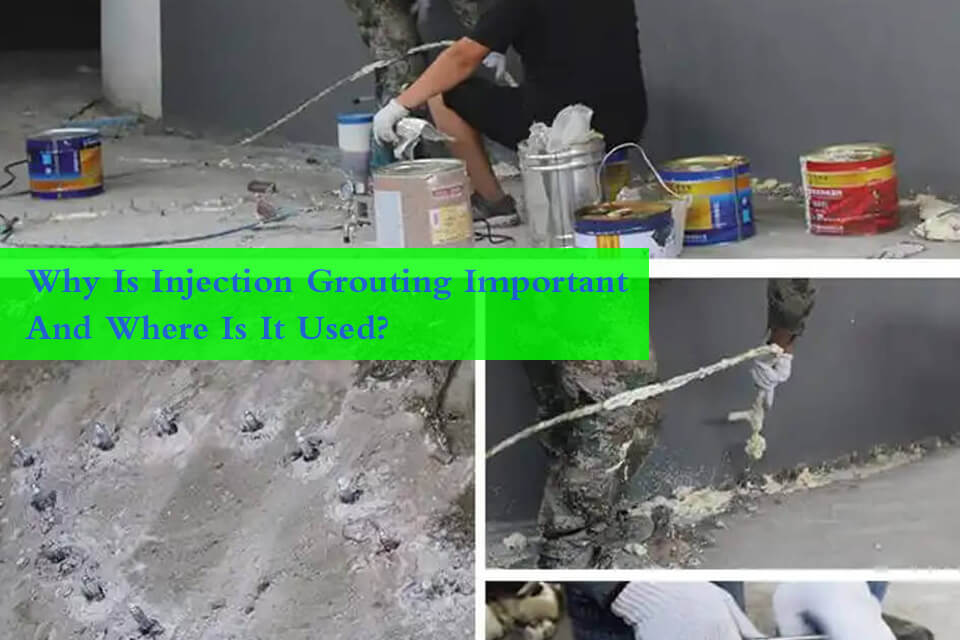
Why Is Injection Grouting Important and Where Is It Used?
Injection grouting is a vital process in construction and repair, designed to enhance the durability and integrity of concrete and masonry structures.

